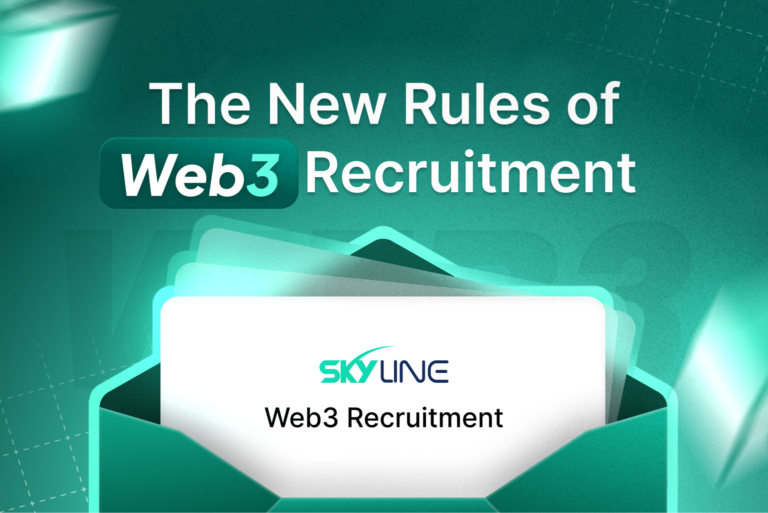Customer loyalty doesn’t happen by accident. It grows through meaningful connections, shared values, and consistent experiences. One of the most powerful ways to nurture that loyalty is through community building services. These services bring people together, encourage interaction, and turn one-time buyers into long-term supporters.
Whether you run a small online store or manage a larger brand, creating a community around your product or service helps you stand out. In this blog, we’ll explore what community building services are, why they matter, how to do it right, and how to measure their success. Let’s dive in!
Table of Contents
ToggleDifferent Types of Community Building Services
Not all communities look the same. Here are some key ways businesses build communities to connect with customers.
Online Forums
Online forums create a dedicated space where customers can engage with each other, ask questions, and solve problems together. These spaces often grow into self-sustaining support centers, reducing pressure on customer service teams. Brands benefit by listening to real-time conversations and understanding customer needs. Forums also build long-term trust among users.
Social Media Groups
Social media groups provide an informal but powerful way to foster community. They allow brands to interact directly with followers in a more casual setting. People enjoy being part of groups that offer helpful advice, insider news, or peer support. These groups also allow brands to test ideas, gather feedback, and create a sense of belonging.
Brand Events
Hosting events—virtual or in-person—brings people together and builds emotional ties. These events allow customers to interact with brand representatives and each other. This face-to-face interaction, even when virtual, makes the brand feel more human. Educational webinars, networking sessions, and Q&As keep communities engaged and informed.
Loyalty Programs with a Community Twist
Modern loyalty programs go beyond points and discounts. They encourage participation in community-driven actions like reviews, referrals, or helpful posts. This two-way relationship makes customers feel more valued. Brands benefit by generating organic content and engagement while encouraging repeat purchases.
Customer Advisory Panels
Customer advisory panels bring your most loyal customers into the decision-making process. These groups act as sounding boards for new products or services. Members feel empowered when their feedback is implemented. This leads to stronger brand advocacy and more refined offerings that align with customer needs.
Benefits of Community Building Services
Building a strong community pays off in many ways. Let’s look at the top reasons why it works.
Builds Trust Faster
Trust is earned when customers feel seen and heard. In a community, people get to witness others’ real experiences with a brand. These peer discussions are more believable than marketing messages. A transparent and open community strengthens credibility over time.
Improves Customer Retention
A connected customer is a committed customer. When people feel like they belong, they’re less likely to switch to a competitor. Ongoing engagement through forums, events, or groups keeps your brand top of mind. This consistent interaction boosts lifetime value.
Boosts Word-of-Mouth Marketing
Satisfied community members often become vocal advocates. They recommend products, share content, and invite others to join. This creates a ripple effect that grows your reach without extra cost. Authentic recommendations are one of the most effective ways to attract new customers.
Encourages Feedback and Ideas
Communities are a treasure trove of insights. When customers are invited to share their ideas, they provide feedback freely and frequently. This feedback loop helps brands adapt quickly and improve offerings. You’ll also discover pain points you might have missed otherwise.
Increases Brand Loyalty
Loyalty grows when customers feel emotionally invested. Being part of a brand’s community gives them a sense of purpose. Over time, they become more than buyers—they become brand champions. These loyal users will stand by you even in tough times.
Strategies for Effective Community Building
You need more than just a platform. Here are some practical steps to make your community thrive.
Know Your Audience
Start by identifying the interests, habits, and preferences of your customers. Use surveys, feedback forms, or analytics to dig deeper. Tailor your community experience to match these insights. The better the fit, the more likely they are to engage.
Set Clear Goals
Clarify what success looks like before you begin. Are you trying to increase engagement, reduce support costs, or build loyalty? Your goals will shape your content, tone, and metrics. Make sure everyone involved in managing the community is aligned.
Be Present and Consistent
Your presence sets the tone for the community. Show up regularly with updates, replies, and encouragement. Consistent engagement helps build a positive and active culture. A quiet or ignored group quickly loses momentum.
Highlight Your Members
People love recognition. Spotlight active members, share their stories, or create reward systems. This creates a virtuous cycle—more people engage when they see others being appreciated. Recognition also builds deeper emotional ties with your brand.
Create Value Through Content
Great content keeps your community thriving. Offer tips, exclusive insights, and tutorials tailored to their interests. Content can also come from members, fostering a sense of ownership. The more value you deliver, the stronger your community becomes.
Measuring the Impact of Community Building
You can’t improve what you don’t track. Here’s how to measure community success.
Engagement Rates
Engagement shows how active your members are. Track posts, comments, reactions, and attendance at events. Spikes in activity often reflect successful campaigns or content. Declining rates may signal the need to refresh your approach.
Retention Metrics
Measure how long people stay active in your community. This includes tracking log-ins, group visits, and return visitors. A high retention rate means your community is delivering ongoing value. It also reduces the need for constant recruitment.
Feedback and Surveys
Use regular check-ins to understand how your community feels. Polls, short surveys, and open-ended questions can reveal satisfaction levels and areas to improve. Feedback also helps members feel included and appreciated.
Conversion Rates
Keep an eye on how many community members become customers—or how many customers join your community. A healthy overlap often signals strong influence. You can also test offers or content within the community to track direct conversions.
Customer Support Savings
A well-run community reduces support load. When members help each other, it saves your team time and money. Track how often customer questions are resolved by peers. Over time, this peer-to-peer support adds up to significant cost savings.
Conclusion
Community building isn’t just a trend—it’s a smart, human way to grow your business. When you create spaces where people connect, you build more than a customer base. You create loyal fans, helpful advocates, and lasting relationships. Start small, be consistent, and watch your community grow alongside your success.


